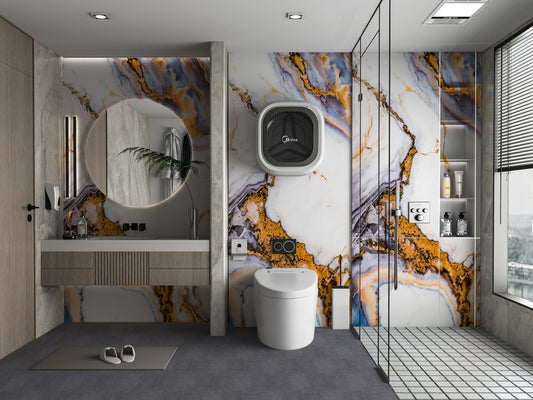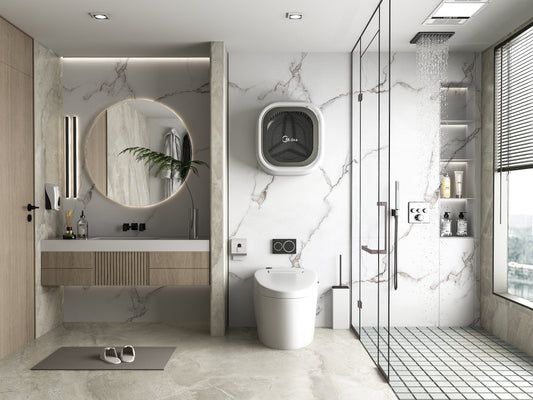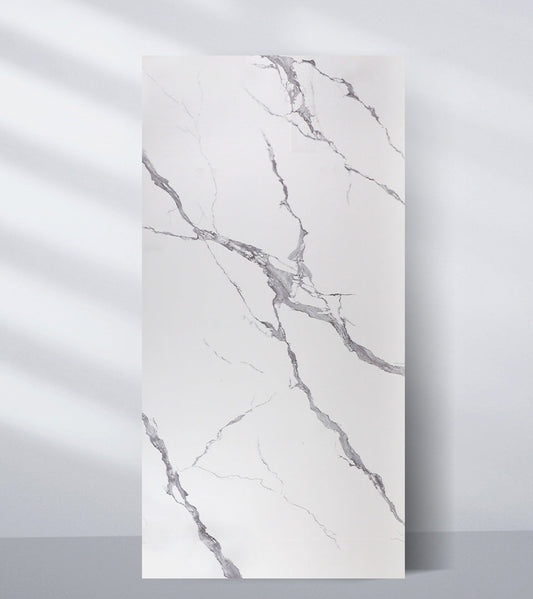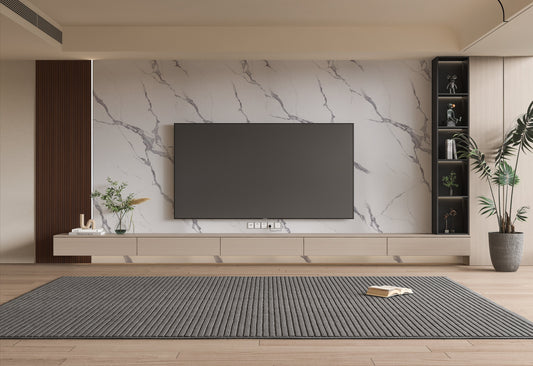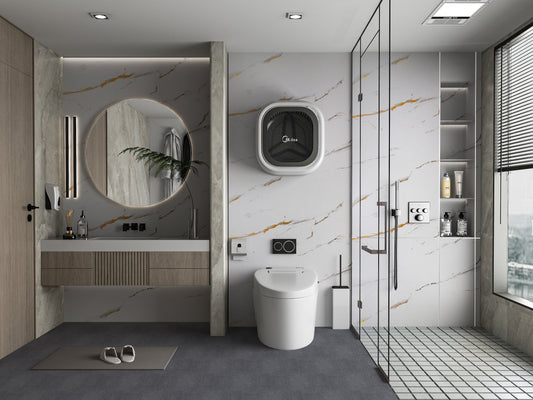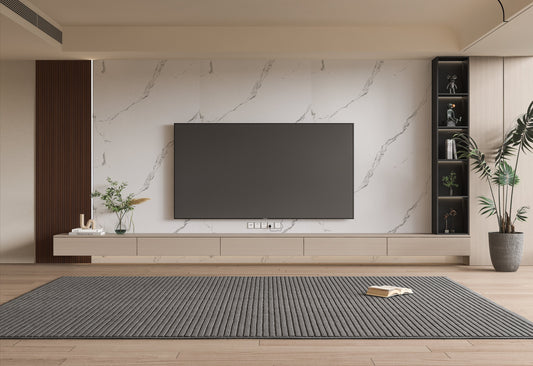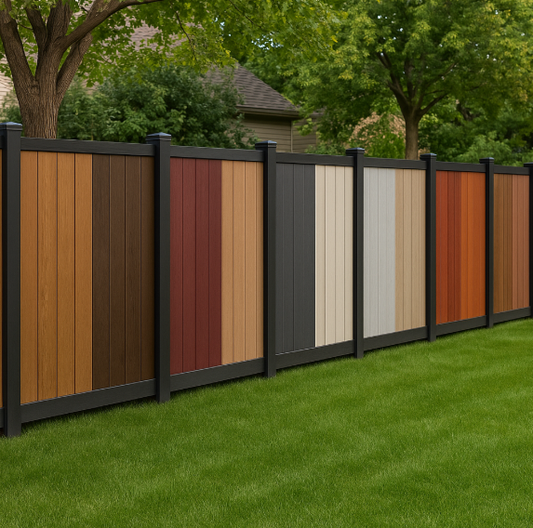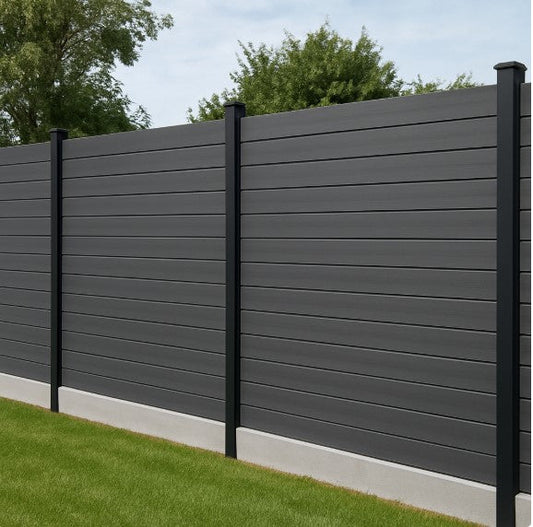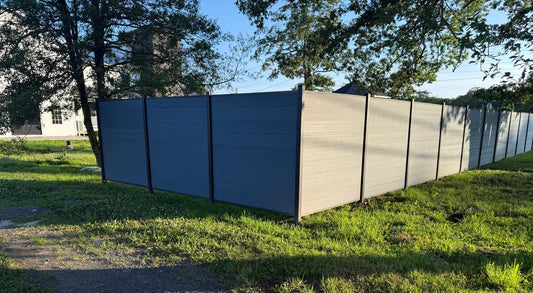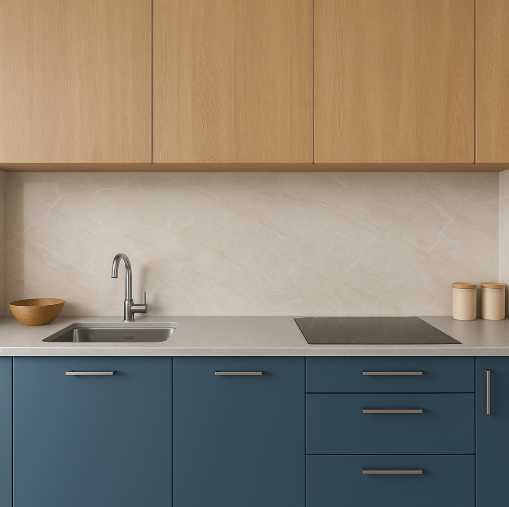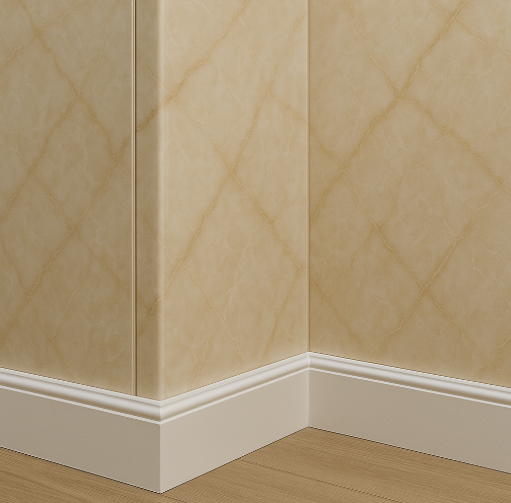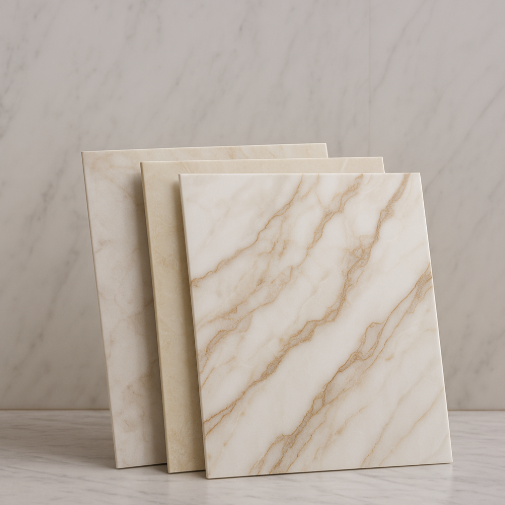Installing a fence gate may seem like a straightforward project, but in reality, it's one of the most critical components of any fencing system. The gate isn't just a point of access it plays a vital role in defining the boundary, enhancing curb appeal, and ensuring functionality and security for your property. Whether you’re building a new fence from scratch or upgrading an existing one, knowing what to prepare before installation makes all the difference.
At Accel Inc, we’ve worked with thousands of customers installing both single and double fence gates using durable, low-maintenance materials like WPC (Wood-Plastic Composite). In this blog, we’ll guide you through everything you need to know before installing a fence gate from design choices to site preparation and long-term performance considerations.
Why Gate Installation Matters
A poorly installed gate can sag, misalign, drag on the ground, or compromise the structural integrity of the entire fence. On the other hand, a properly installed gate especially one using composite materials will deliver years of smooth performance, low upkeep, and secure access.
That’s why preparation is key. Understanding the gate’s size, function, material, hardware, and clearance needs will set you up for a successful project with fewer headaches later on.
Choosing the Right Gate Type: Single or Double?
Before you even pick up a post hole digger, the first step is deciding whether a single or double gate works best for your space.
- Single fence gates are ideal for smaller openings, typically up to 4 feet wide. They are commonly used in walkways, garden entries, or side yards. Easy to install and operate, single gates are space-efficient and cost-effective.
- Double fence gates, on the other hand, are designed for wider openings such as driveways, vehicle access, or larger backyards. They consist of two swinging panels and require more space for installation and clearance but offer greater accessibility and a more dramatic visual statement.
At Accel Inc, we offer WPC single and double gates that combine design versatility with long-lasting performance giving you flexibility no matter the size or function of your entry point.
Step 1: Site Assessment and Measurement
Once you’ve decided on the type of gate, assess your site thoroughly. Measure the opening where you want to install the gate, and make sure you account for the following:
- Total gate width (including spacing and hardware)
- Post-to-post measurement (your posts should align with this)
- Clearance for swinging direction (inward or outward)
- Ground slope that might affect how the gate swings or latches
If your ground is uneven or sloped, you may need to consider a rising hinge or cutting the bottom of the gate panel to avoid dragging.
Use a level, measuring tape, and marking chalk to clearly outline where the gate will go including post holes, latch position, and swing radius.
Step 2: Selecting the Right Material
Material choice is one of the most important decisions you’ll make. While wood and metal have been traditional favorites, more and more homeowners and builders are turning to composite materials like WPC for superior durability and lower maintenance.
Why Choose WPC (Wood-Plastic Composite)?
- Weather resistance: Doesn’t warp, rot, or rust
- Low maintenance: No painting or sealing required
- Eco-friendly: Often made from recycled materials
- Stylish: Available in modern textures and neutral tones
At Accel Inc, we specialize in WPC fence gates that offer all of the above blending the rich look of wood with the resilience of plastic-based composites.
Step 3: Setting Posts Foundation of a Good Gate
Your gate is only as strong as the posts that support it. Whether you're installing a single or double gate, make sure to use heavy-duty posts that are:
- Set in concrete at least 24–36 inches deep
- Perfectly level and plumb
- Spaced correctly based on your gate width and hardware
For composite gates, use metal-reinforced or pressure-rated posts that can support the weight of the panels and hardware. Be sure to let the concrete cure properly (usually 24–48 hours) before hanging your gate.
Pro tip: Always leave a small gap (1/2 inch to 1 inch) between the bottom of the gate and the ground to prevent dragging or damage over time.
Step 4: Hinges, Latches, and Hardware Considerations
Choosing the right hardware is just as important as the gate itself. High-quality hinges and latches ensure the gate swings smoothly and stays secure.
Types of Gate Hinges:
- Butt hinges Common for wood gates, ideal for lightweight use.
- Heavy-duty strap hinges Better for wide or composite gates.
- Self-closing hinges Great for safety around children or pets.
Types of Latches:
- Gravity latches Easy to use, ideal for pedestrian access.
- Thumb latches Aesthetic and secure.
- Padlock-compatible latches Best for driveways and backyard security.
If you’re installing a double gate, don’t forget to use a drop rod or cane bolt to secure one of the panels in place when not in use. For modern convenience, composite gates can also be upgraded with smart locks, keypads, or automated gate systems.
Step 5: Swing Direction and Clearance
Before hanging your gate, you need to determine:
- Should it swing inward or outward?
- Is there enough clearance for full movement?
- Will it open toward a slope or obstruction?
Most residential fence gates are designed to swing inward for security and privacy reasons. However, if space is limited inside your fence line, an outward swing may be necessary (check local regulations before doing this).
Ensure that nothing shrubs, walls, uneven ground interferes with the gate’s motion. If your gate hits resistance or drag points, it will wear down faster over time.
Step 6: Actual Gate Installation
With your posts cured and measurements finalized, it’s time to hang the gate:
- Attach hinges to the gate panel(s) first.
- Position the gate between the posts, with even spacing and bottom clearance.
- Mark hinge locations on the post, pre-drill, and install screws securely.
- Test swing the gate before tightening everything.
- Install latch hardware, ensuring it lines up cleanly when the gate is shut.
If using Accel Inc’s WPC gate system, you’ll notice that pre-drilled holes and adjustable brackets make this process far easier than traditional wood or metal installations.
Final Touches and Gate Testing
Once installed, test the gate thoroughly:
- Does it swing smoothly without dragging?
- Does the latch align and lock securely?
- Is the gate level and square when shut?
- Does it withstand a light push without rattling or bending?
If all checks out, you’re good to go. Apply anti-rust spray to metal hardware if applicable and periodically check hinges and fasteners for wear especially after heavy rain or temperature swings.
Tips for Long-Term Success
- Inspect the gate seasonally, especially after heavy wind or storms.
- Tighten hardware annually or as needed.
- Clean composite gates with water and mild soap no sealing or staining necessary.
- Trim nearby shrubs or grass to prevent moisture build-up or interference.
Installing your gate the right way ensures it continues to function and look great for years to come without the warping, sagging, or cracking that comes with inferior materials or shortcuts.
Why Choose Accel Inc for Your Fence Gate?
At Accel Inc, we’re committed to providing fencing solutions that combine performance, durability, and style. Our WPC composite fence gates are designed to last, with options for both single and double installations, multiple neutral finish tones, and hardware kits that simplify the entire process.
Whether you’re a DIY enthusiast or working with a contractor, we provide:
- Easy-to-install WPC gate panels
- Heavy-duty posts and accessories
- Design support and consultation
- Nationwide delivery and customer support
Final Thoughts
Fence gate installation is one of the most important steps in your fencing project. Taking time to plan the type, layout, material, and hardware can make all the difference in the gate’s performance and appearance. With WPC composite gates from Accel Inc, you’re investing in a long-lasting, low-maintenance solution that adds value to your property and peace of mind to your daily routine.
Ready to upgrade your fence with a reliable, stylish gate?
Explore Accel Inc’s composite fence gate collection today and get expert guidance every step of the way.


